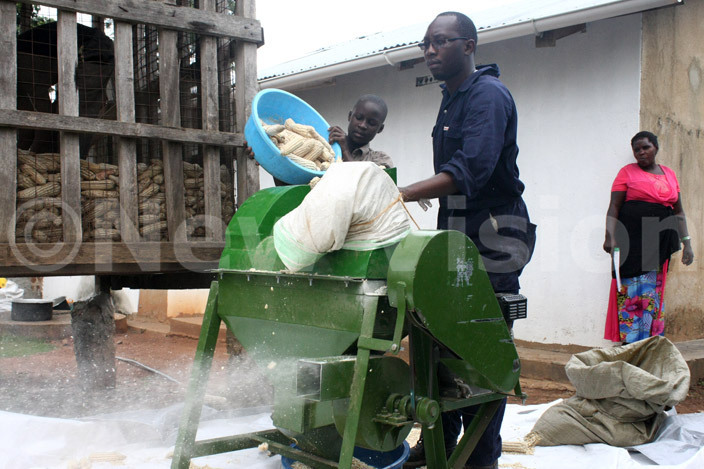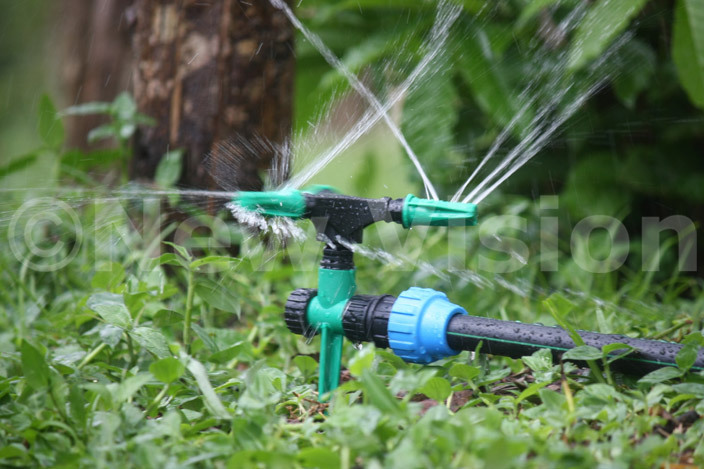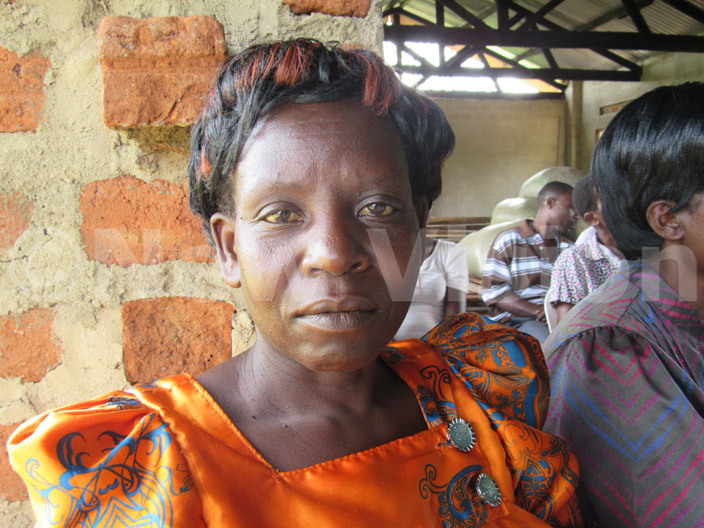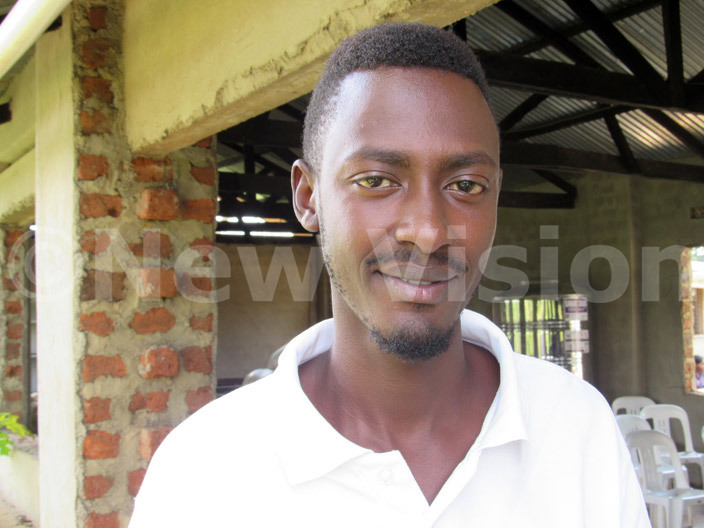Mukono farmers reaping more fruits from team work
The farmers now meet at one another’s farms and invite experts from Kampala and beyond to teach them best practices of agriculture.
Mukono district's proximity to Kampala gives its people more than just access to the country's capital.
Today, the farmers have gone beyond working as individuals to working in teams and groups beyond the level of Village Saving Schemes and Co-operatives.
 CURAD officials at Atamba Mixed Farm during a training session. Photo/ Solomon Kalema
CURAD officials at Atamba Mixed Farm during a training session. Photo/ Solomon Kalema
Agriculture in Mukono
In the 2002 housing and population census the number of households engaged in agriculture was estimated at 111, 146, majority of farmers were found to be smallholders growing both perennial and annual crops.
According to the higher local government statistical abstract of June 2009, Mukono farmers largely deal in cassava, sweet potatoes and beans at rates of 25%, 22% and 18% respectively.
This abstract however puts the number of district agricultural extension workers at a mere 46 having to serve the 111, 146 households.
 The maize thresher from Earthly energy designs. Photo/Solomon Kalema
The maize thresher from Earthly energy designs. Photo/Solomon Kalema
Locally-generated solutions
Since Mukono has grown from a mere stop over centre for travellers heading to Jinja, the farmers are working on keeping their buyers too.
To achieve this, farmers in Mwanyangiri village, Nakisunga sub-county have outgrown dependence on extension workers alone to learn to "grow and earn big."
The farmers now meet at one another's farms and invite experts from Kampala and beyond to teach them best practices of agriculture.
For the past two weeks, the farmers have met twice at the farm of Joan Kakwenzire to learn new skills in irrigation, mushroom growing use of solar-powered machinery and post-harvest handling of produce.
 A water sprinkler that was exhibited by RAN. Photo/Edward Kisoma
A water sprinkler that was exhibited by RAN. Photo/Edward Kisoma
How they have progressed
According to Kakwenzire, the proprietor of Atamba Mixed Farm in Mwanyangiri that has hosted the past two trainings, teamwork is a basic and effective way to grow.
"Together, we can share experiences and challenges and then look for solutions," Kakwenzire, who is also the Senior Presidential Advisor on poverty alleviation says.
For the recent trainings, a number of organisations have sent experts to this area.
This has kept Mbalala town receiving more visitors taking the turnoff that leads to the village.
Among the experts that have made it there are some from the Consortium for University Responsiveness to Agribusiness Development (CURAD) which offered a sh20m loan to Kakwenzire to set up the training centre that she has on her farm.
CURAD was also joined by the USAID-funded Resilient Africa Network, which is a partnership of 20 African universities in 16 countries led by Makerere University Kampala.

How the trainings are carried out
After the farmers have mobilised the numbers, which have averaged about 20 per training, they locate a farm and converge there.
The host then prepares food for the visitors from the crops and animals on the farm.
Unlike the ordinary question-and-answer sessions between experts and farmers, the farmers start off their trainings by making their challenges clear to the experts so that time is not wasted on the "already known."
In the most recent training, the famers were shown by RAN officials how to use a solar pump and save on electricity costs.
They were also shown a newly-introduced maize thresher from the Earthly Energy Designs, a technology group that works within the Innovation Consortium.
"We introduced to the farmers machines called the Kungula maize threshers. One can thresh 1,000 kilos of maize in one hour on only one litre of fuel, says Pidson Abaho from Earthly Energy Designs.
According to Abaho, the machine leaves the maize 99% cob free and the farmer can have 97% whole grain, meaning only 1% of the grain can be broken during the threshing while 100% percent of the maize grains are got off the cob.
As the tradition is today, farmers in many parts of Uganda charge fees for whoever visits their farms.
However, for the Mwanyangiri farmers, all this kind of knowledge is shared freely and they only have to pay for products that they wish to buy in support of the farms.
On the whole, while it may seem ordinary that agriculture is the major economic activity in Uganda, in Mukono it is now more than just a practice but a uniting factor for the farmers despite their limited access to extension services.
What farmers say
 Namukasa Norah
Namukasa Norah
"I grow greens and I come here to learn how to increase output without necessarily increasing the land size." Norah Namukasa, Nawanjuki village

"Indeed there is need for increased training. When farmers share, there is a lot that is revealed and that is where we can find solutions." Ernest Ahimbisibwe, Mwanyangiri
"Agricultural training is only effective with supervision to make sure that the farmers implement what is taught and that is what is being done here." Edward Makobore, Mwanyangiri